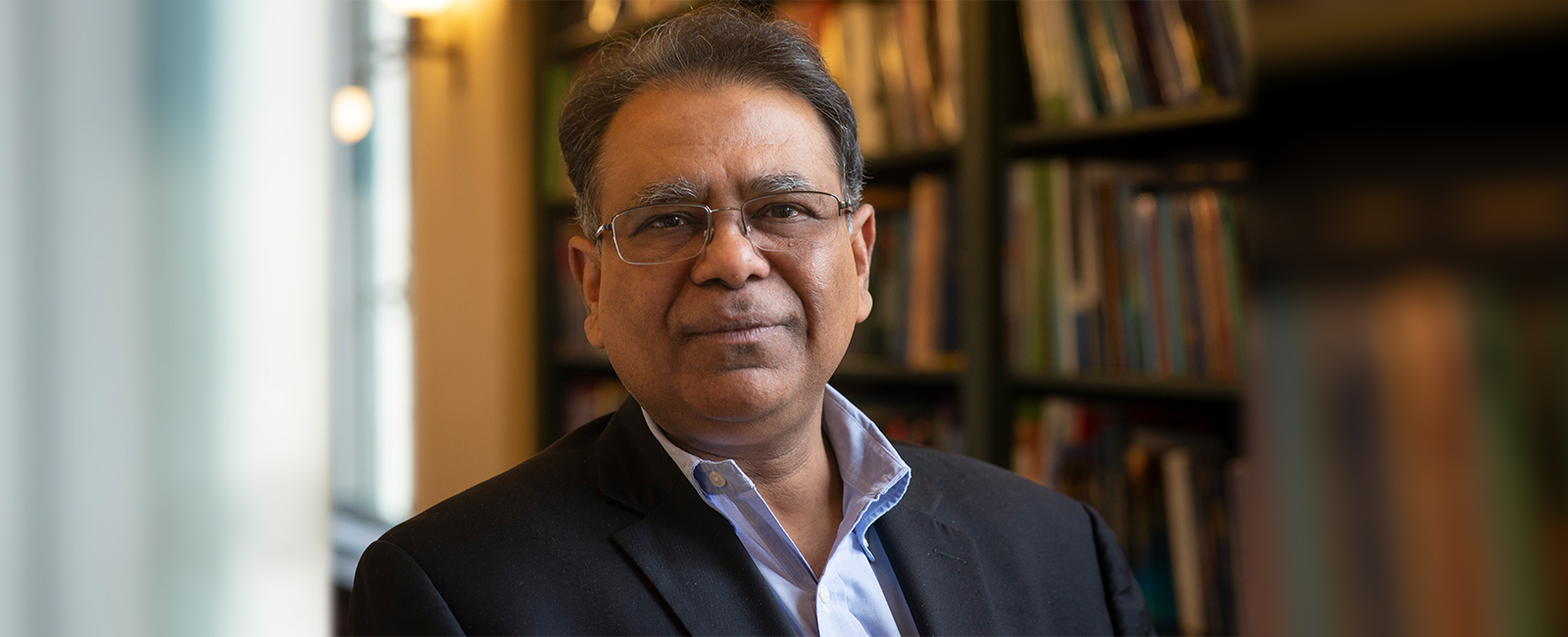Humans have an adaptive immune system which is remarkable in that it enables us to mount pathogen – specific responses against a diverse and evolving world of pathogens. The central focus of our group is to understand the mechanistic underpinnings of the adaptive immune response to pathogens, and harness this understanding to help design better vaccines and therapies. Our work represents a crossroad of the physical and life sciences. The adaptive immune response is mediated by collective dynamic processes with many participating components. These collective processes span a spectrum of scales, from molecules to the scale of the organism (a human), and are inherently stochastic in character. We work on developing and applying theoretical and computational approaches (rooted in statistical physics) to study these processes. A hallmark of these efforts is the close synergy and collaboration between our theoretical/computational studies and experimental investigations in leading immunology laboratories and by clinicians in medical schools. Current interests can be divided into three broad categories. We are interested in understanding the molecular interactions that enable T cells, orchestrators of the adaptive immune response, to translate engagement of surface receptors to pathogens in to function. We are interested in how T cell development in the thymus results in T cells that are specific for unknown and emerging pathogens. We work on understanding the human immune response to HIV, with the goal of aiding efforts to design a vaccine against this scourge on the planet. Our group is also interested in cell membrane biophysics.
Arup is one of the 12 Institute Professors at MIT, the highest rank awarded to a MIT faculty member, and holds the John M. Deutch Institute Professorship. He is also a Professor of Chemical Engineering, Physics, and Chemistry at MIT. He served as the founding Director of MIT’s Institute for Medical Engineering and Science, and he is a founding member of the Ragon Institute of MIT, MGH, and Harvard. For over two decades now, Chakraborty’s work has largely focused on bringing together approaches from statistical physics, immunology, and virology. His interests span T cell signaling, development of the T cell repertoire, and a mechanistic understanding of virus evolution, antibody responses, and vaccine design. Since 2016, Chakraborty has also been interested in the role of phase separation in gene regulation. Chakraborty is one of only 26 individuals who are members of all three branches of the US National Academies – National Academy of Sciences, National Academy of Medicine, and National Academy of Engineering. He is also a Fellow of the American Academy of Arts & Sciences, and has received many other honors including the NIH Director’s Pioneer Award, the E. O. Lawrence Medal (DOE), a Guggenheim Fellowship, the Max Delbruck Prize in Biological Physics from the American Physical Society, the Colburn, Professional Progress, and Prausnitz Institute Lectureshipfrom the AIChE, and three honorary doctorates. Chakraborty has received 7 awards for his classroom teaching and he is a co-author of the book “Viruses, Pandemics, & Immunity”. Chakraborty is a member of the Board of Governors of the Wellcome Trust, and serves as a consultant for biotechnology companies.

